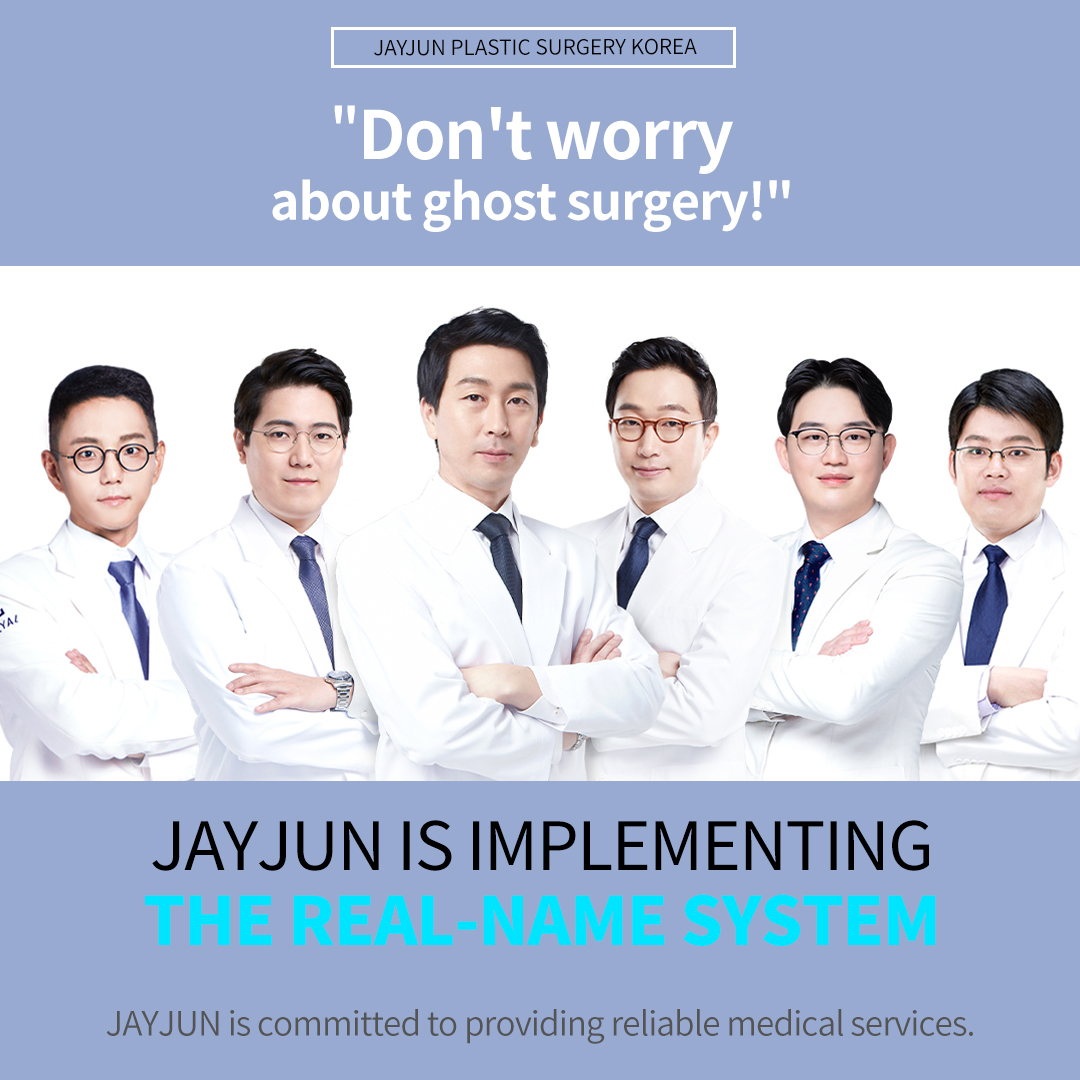Why is facial contouring reoperation important (#facialcontouringreoperation #facialcontouringsurgery)
Why is facial contouring reoperation important!
With the changes of the times, the standard of delicate image is constantly changing. Among them, even if the shape and size of the eyes and nose are beautiful, if the facial line is not good, it will not give a delicate image, so more and more people are working hard to improve it.
In order to change facial contours, facial contouring surgery is performed. Facial contouring surgery is popular because it can improve protruding cheekbones, blunt chin or square jaw, so that the face looks smaller and has a clear V-line facial line. However, nowadays, with the increase in the number of hospitals that perform facial contouring surgery, many people choose hospitals rashly due to advertisements and cheap surgical fees, resulting in unsatisfactory results after the operation.
Many people decide to perform contouring surgery after careful consideration, and have gone through a very difficult process, but if the results after contouring surgery are not satisfactory, for example, if the differences before and after surgery is not obvious, or side effects such as asymmetry and imbalance occur, many people will consider reoperation. If so, before deciding to have a reoperation, this article will explain in detail why facial contouring surgery is important to prevent you from having two or three reoperations.
➤First of all, what is facial contouring surgery?
Facial contouring surgery can be said to be a contour correction surgery method that considers the ideal proportion of the overall balance of the face. However, although many people think of it as an osteotomy, just cutting the bone may lack noticeable changes. Generally, there are multiple factors that make the face larger and angular, such as bones, muscles, and fat. Therefore, if it is due to two or more reasons, multiple methods are required. If there are multiple reasons, but only a part of it is corrected, unsatisfactory results may appear after the operation. Therefore, it is important not only to reduce facial bones to shrink the face, but also to accurately diagnose the cause of face enlargement and use appropriate surgical methods, otherwise, reoperation may be needed.
When performing facial contouring reoperation, it is important to plan the operation more carefully than the first operation. Since the first operation has changed the bones and the tissues already, reoperation is usually more complicated and difficult than the first operation. Because the tissues and nerves have been weakened by the pervious operation, the muscles or nerves are in a state of hypersensitivity. In addition, since tissue adhesion may occur or it may be difficult to determine the condition of the affected area, reoperation is often difficult and complicated. Therefore, those who are considering facial contouring reoperation may be very worried and have a very heavy mental burden. Therefore, if you decide to perform a reoperation, the most important thing is to find out the surgical method that suits you, and after detailed consultation with medical staff with rich clinical experience and professional knowledge, make the decision more carefully than the first operation.
If you are considering reoperation because you did not feel the changes before and after the operation, you can correct it by removing more bones or pushing the cheekbones. However, if the reoperation is caused by excessive surgery, it will become a very complicated and difficult operation. Reoperation is possible, but first, you need to diagnose your current condition.
For example, if the bones are pressed too tightly or corrected too much during cheekbone reduction surgery, it can be pushed outwards to rebuild the bones. Or, if a large amount of bone has been removed, bone grafts, implants, or artificial bones can be used for regeneration.
After a square jaw surgery, when a secondary square jaw, asymmetric or uneven jaw line appears, many people will consider reoperation. Since most square jaw surgery requires the removal of bone, reconstruction is usually difficult, but in some cases, the above method can be used for reoperation. Therefore, you need to carefully review your current situation and work with medical staff to determine which method is best for you.
Since everyone has different sizes of bone development, different facial structures and nerve line positions, and different required styles, it is very important to perform 1:1 customized surgery through scientific and accurate analysis to obtain satisfactory surgical results. For this reason, it is important to carefully select surgeon who can correctly grasp the facial structure, recommend appropriate surgical methods, and perform precise examinations and diagnoses before performing the operation, right?
In addition, for satisfactory reoperation, not only the skills of medical staff need to be checked, but also the safety of the system must be checked. In particular, in order to prevent ghost surgery, you should confirm whether a designated medical staff is responsible for the consultation, surgery and post-surgery procedures. Also, in order to prevent possible emergencies during the surgery, you should carefully check whether there is real-time monitoring by medical personnel in the department of anesthesia and pain. Please learn a lot of information and make a surgical plan that suits you to avoid performing two or three reoperations.






Comments
Post a Comment